Our Working at Height Level 1 course is ideal for professional operatives who regularly work at height or those needing a skills refresher or certification renewal. Each course is customised to suit the specific requirements of your trade and work environment. For those seeking more advanced training, we recommend progressing to our Level 2 Managers course.

The course begins by establishing a general awareness of the dangers of working at height and takes you on a journey through the methods, practices and equipment that together form your height access solution. We'll discuss what restraint, fall-arrest and work positioning mean and get you fully trained in the use of height safety harnesses, adjustable restraint and intermediate devices such as inertia reels, lanyards, lifelines, connectors and anchorage. You’ll then explore the fatal effects of suspension intolerance, take a brief look at rescue, discover how to perform pre-use equipment inspections and test-drive the latest tethering solutions for preventing dropped tools.
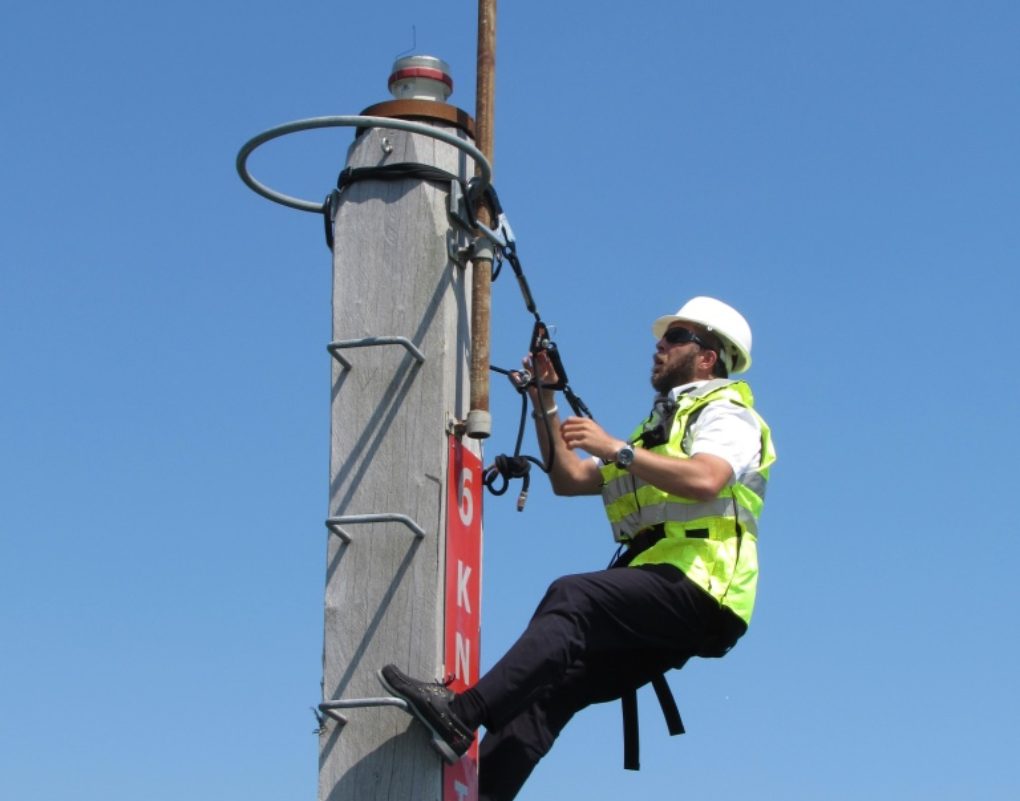
There are lots of ways to work at height. Understanding what equipment to use for different applications based on your access, scope of work and exposure is essential for your safety. You'll master how to select and use the right equipment for any job you do at height.

The course concludes with a group practical session that tests your new skills in a live scenario where you’ll set up anchorage and—under the watchful eye of two professional instructors—practice using fall-arrest, restraint and lifeline systems in a variety of configurations required for your job at height.
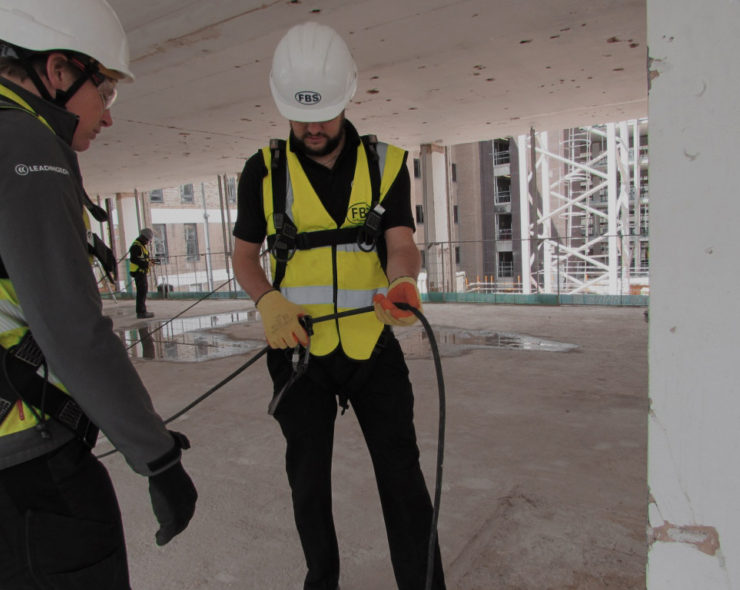
Working at height is more than just wearing a harness. It's about fully understanding the risks, anchorage selection, equipment mechanics, usage and best practices. This course gives you the all the knowledge, awareness and practical skills that empower you to work safely at height.
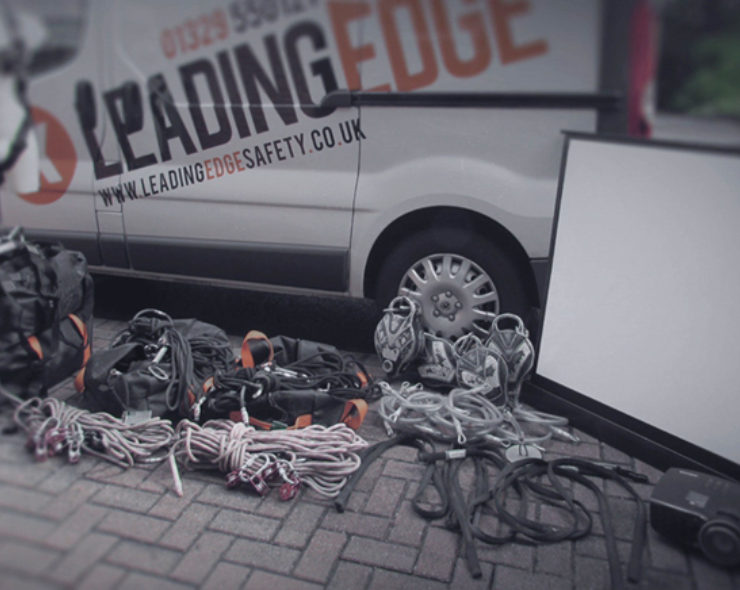
We provide our own projector, screen, laptop, props and a bag full of equipment to deliver theory lessons. We just need somewhere to teach. So if you're booking a course on your site, don't forget to arrange a training room that can hold the appropriate number of people.
Your license to work.
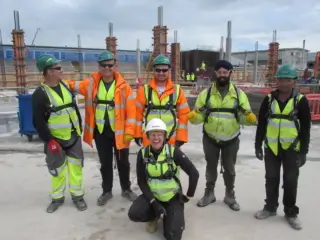
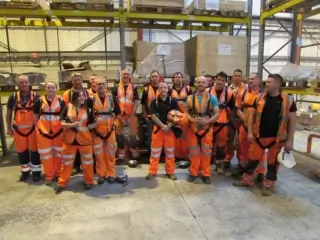
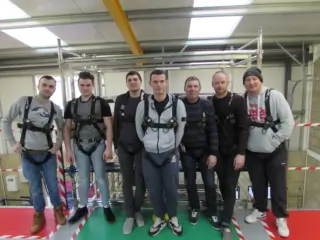
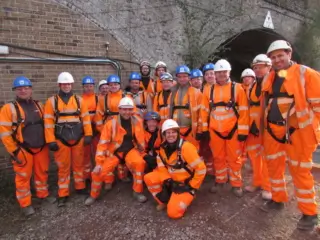
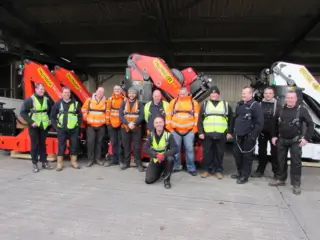
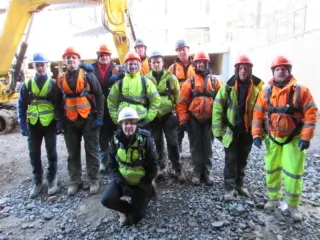
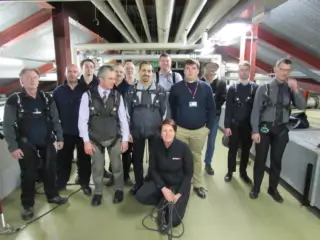
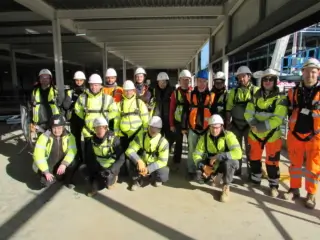
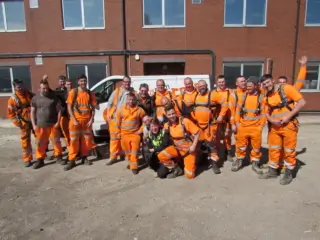
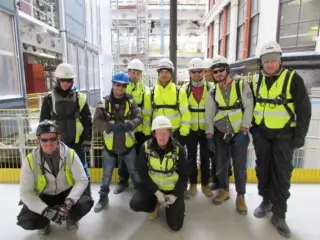
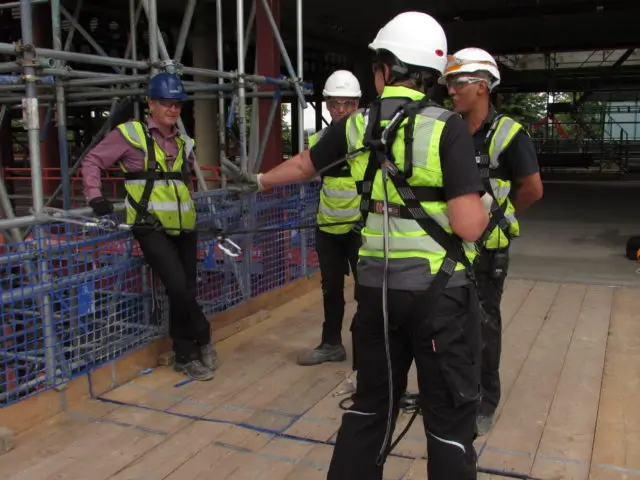
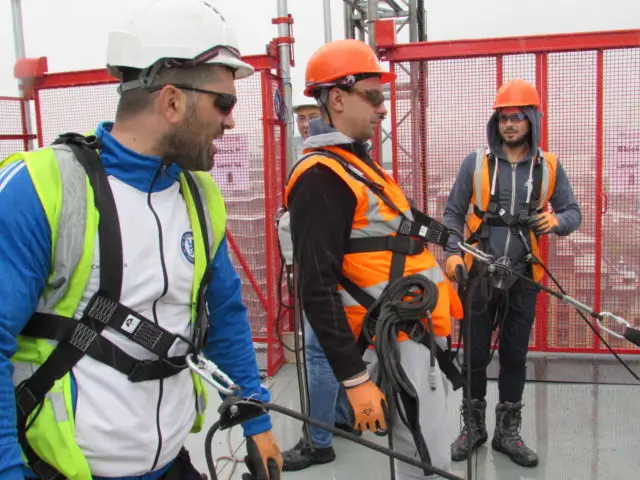
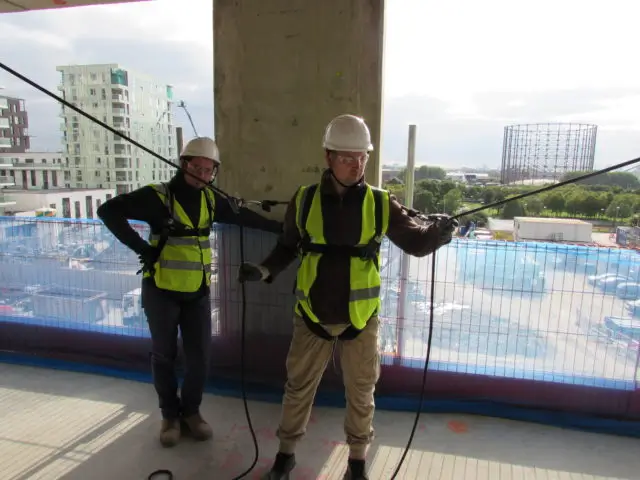
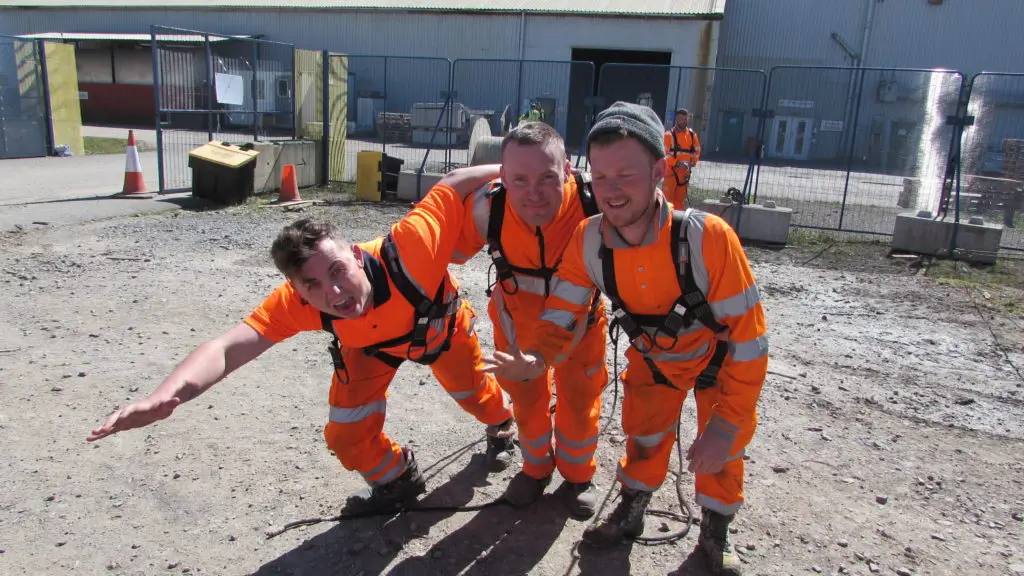
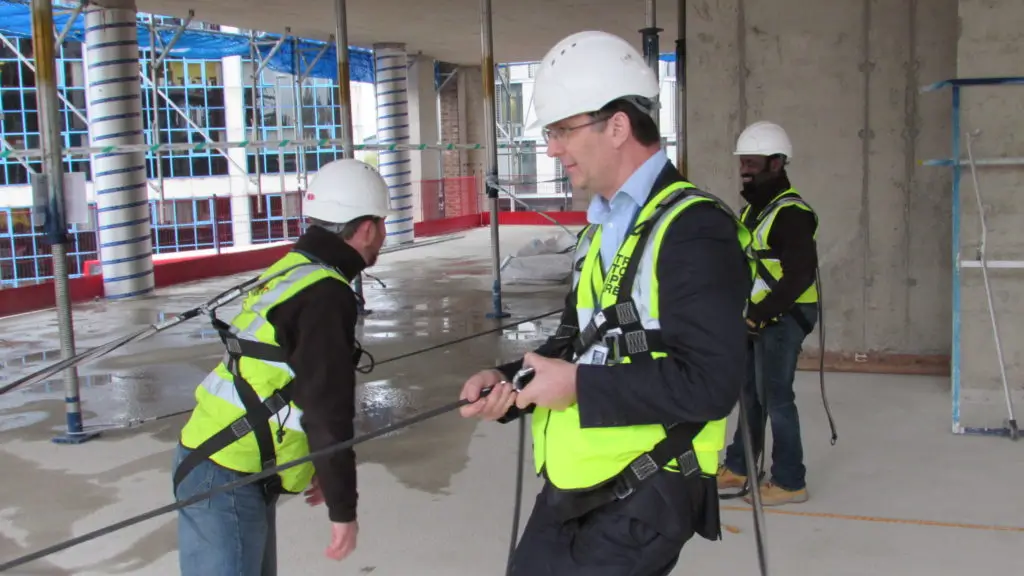
Copyright 2025 Leading Edge Safety. Devloped by Czargroup Technologies
To have a meaningful discussion about height safety we need a clear picture of the terminology and work methods fundamental to all work at height. They fall into three distinct categories: Fall Arrest, Work Positioning and Fall Restraint. In DEP we break down and deliver detailed defnitions of all three methods, demystifying what they mean, how they function, the equipment that comprise them and the various ways in which they can be utilised in a height access solution.
Once you have an understanding of what arrest and restraint methods are we take a deeper a look at intermediate devices, which work together between your anchor point and harness to form a height safety system. These include inertia reels, lanyards, lifelines, connectors and anchorage. We walk you through each device, demonstrating how they function, how you use them, what their limitations and performance capabilities are and the practices and work methods that enable you to use them correctly in applications.
Dropped objects are a serious risk, and not just to people, to anything below a work area where hand-held equipment can fall. In Dropped Objects we have a frank discussion about the problems associated with untethered tools, cover some mind-blowing physics about the impact force even the tiniest objects can generate, and lay down the law regarding individual and company liability resulting from injury. Finally we explore some tool tethering solutions available to you today, so you can start to safely secure your tools at height.
Working at height puts your life in the hands of your equipment, so it’s in your interest to make sure your kit is t for use. To ensure safety we’ll teach you the importance of frequent kit inspection and outline the basic principles of product and service life. We’ll then explore both the causes and visual indicators of degradation on a variety of di erent products, helping you keep your kit in good condition by handling, storing and transporting it appropriately and identifying damage when conducting daily pre-use inspections.
Before work at height can begin each task must be assessed for risk and appropriate safety measures should be placed where needed. To do this we’ll utilize the Hierarchy of Control Measures, which outlines a step-by-step procedure to guide your height access provisions. We’ll start at the top with the safest possible procedure (avoiding the need to work at height all-together) and move down the hierarchy with progressively hazardous scenarios, giving you the knowledge to conduct your own future assessments using the HCM.
Throw it over your shoulders, clip it together, fasten the leg straps and you’re good to go, right? Be under no illusions, a damaged or incorrectly worn harness can lead to death, or if you’re truly unlucky, extreme testicular trauma and rectal damage! To prevent such a nauseating fate we’ll take you back to basics, familiarise you with different types of height safety harnesses and their various purposes, teach you how to perform pre-use inspections and then get down to the nuts and bolts of how to don and adjust it. At the end of the module each of you will be provided with your own harness to practise wearing, which will be then be assessed by the instructor to make sure the whole team is competent and con dent before moving on.
While we should do all we can to prevent falls, using arrest and adjustable restraint systems mean the risk of a fall still exists. We need to be prepared to conduct a swift height rescue should one occur. In height rescue 101 we’ll examine the physical effects of suspension intolerance and reflow syndrome on the human body and demystify the law, revealing exactly what you are required to plan and make provisions for. We’ll then introduce you to the 3 main methods of height rescue—lowering, raising and combined—to gain an overview of how they operate, their requirements of use and their pros and cons for the recovery of conscious and unconscious fall casualties.
Anchorage is the first and arguably the most important link in the height safety chain. The challenge is knowing what constitutes a safe anchorage point and how to select the right anchorage device to connect with out of a myriad of different options and confgurations. To help you understand we’ll start by exploring permanent anchor points comprising of fixed structures in your environment and move on to temporary solutions. Finally we’ll talk in-depth about available anchorage devices and analyse their specic uses, configurations, ratings and certifcations, giving you the theoretical knowledge to identify and set up suitable anchorage for your height safety system.